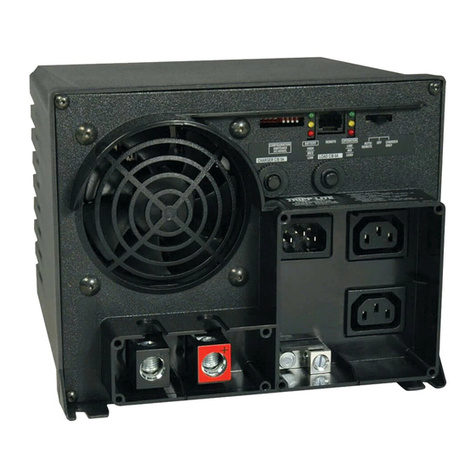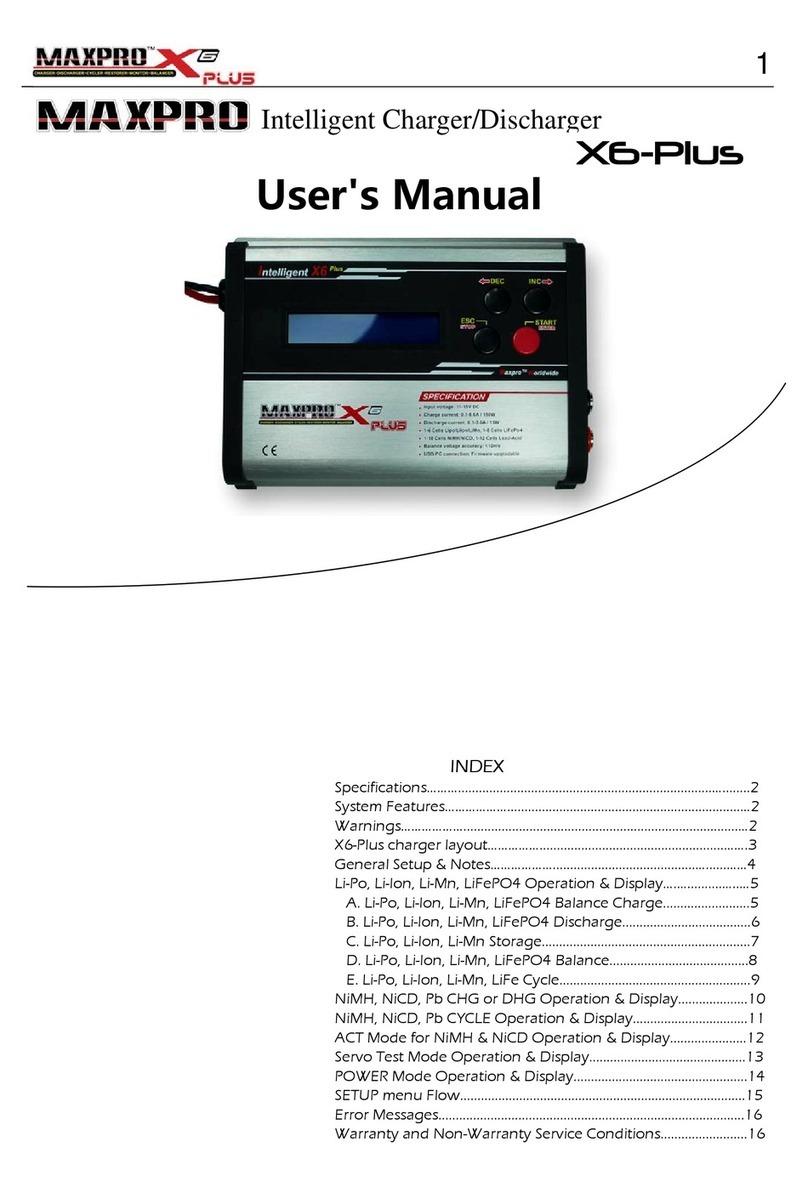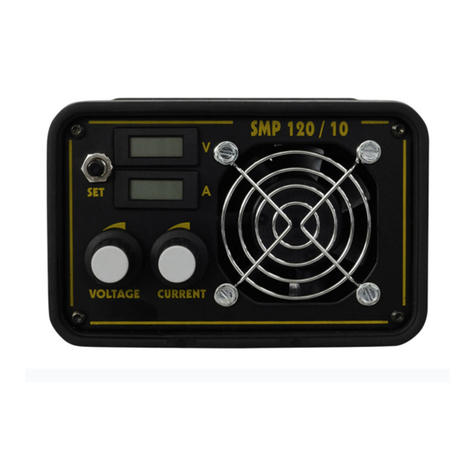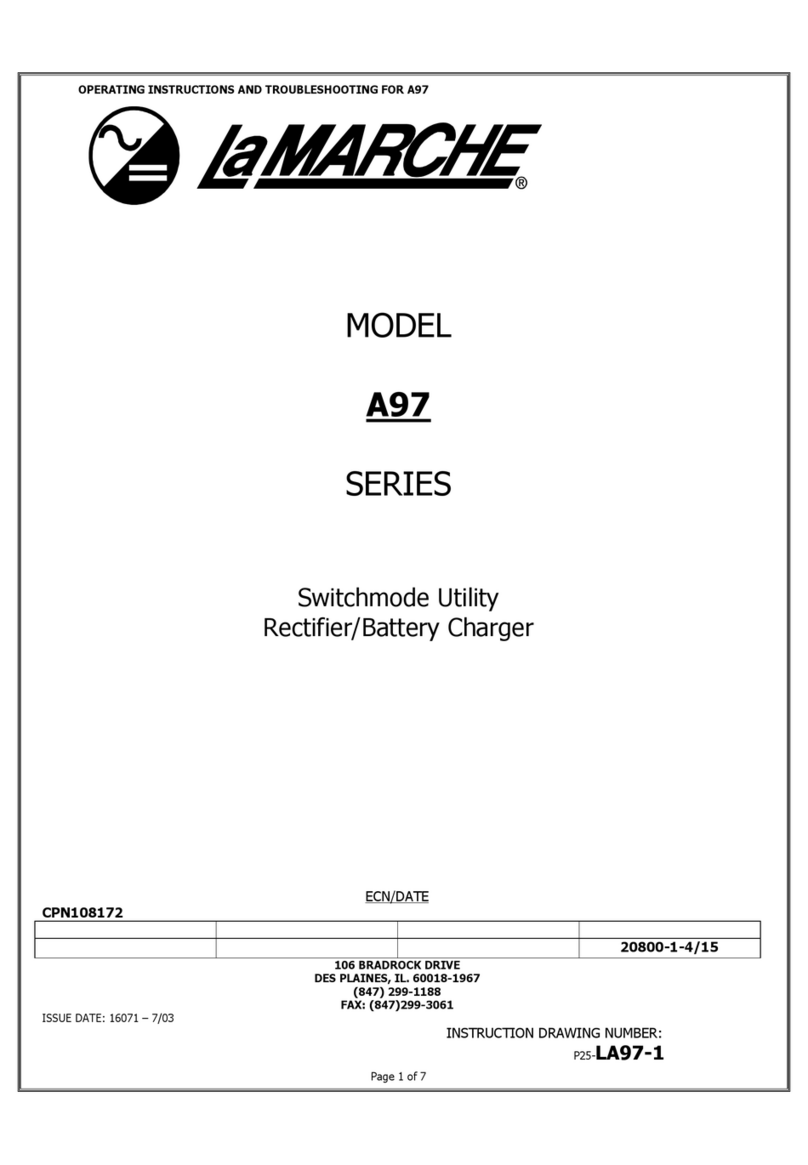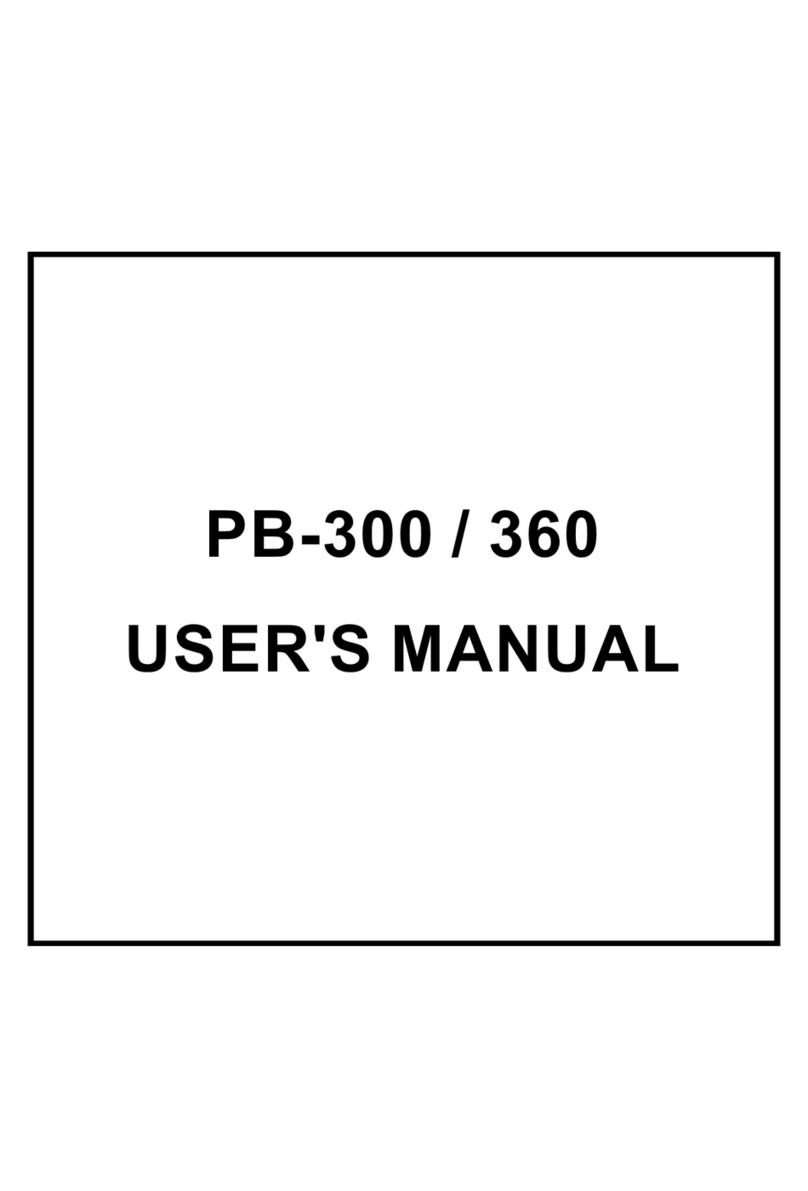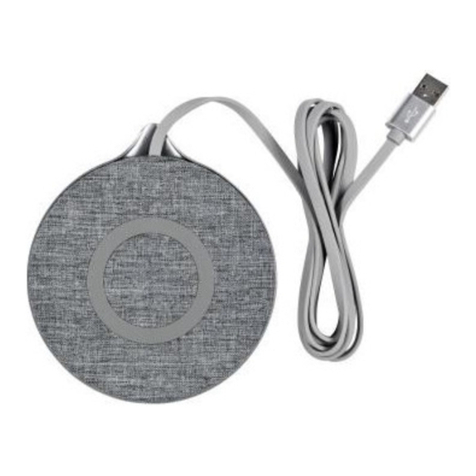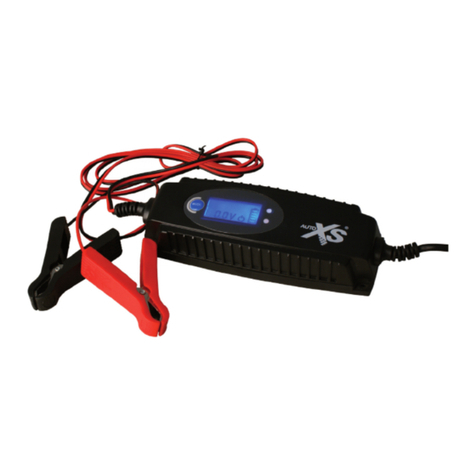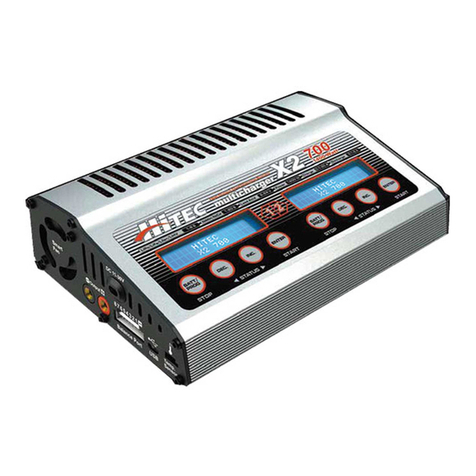MERLIN SOLAR TRAVELPRO 30 User manual

MERLIN
TRAVELPRO 30
FLUSH MOUNT
USER MANUAL
SOLAR CHARGER
MODEL: TRAVELPRO 30


CONTENTS
Important Safety Instructions
1. Overview
2. Exterior
3. Installation and Wiring
3.1 Install the controller
3.2 Wiring
4. LCD Display
5. Protection
6. Troubleshooting
7. Technical Specifications
8. Disclaimer
9. Dimensions
01
02
03
04
05
07
08
09
11
11

Thank you for selecting the Merlin Optimized series solar charge controller. Please read this manual
carefully before using the product and pay attention to the safety information. Please preserve this
manual for future reference.
IMPORTANT SAFETY
INSTRUCTIONS
This manual contains all instructions of safety, installation, and operation of Merlin Optimized series controller (referred to as
“the controller” in this manual).
Read all the instructions and warnings carefully before installation.
No user-serviceable component inside the controller. DO NOT disassemble or attempt to repair the controller.
Avoid direct sunlight, high temperatures and DO NOT install the controller at locations where water can get in.
Install the controller at well-ventilated places, the controller’s heat sink will be very hot during the system operation.
Appropriate external fuses or breakers are suggested.
Please cut off all connections of the PV array, fuses or breakers which are close to the battery before the controller
installation and adjustment.
Power connections must remain tight to avoid excessive overheating from loose connection.
01

OVERVIEW
The controller is a negative-ground, flush mount solar charge
controller, designed for an aesthetically clean and integrated look on
RV and Vessel, also included surface mount cover to suit personal
preference. It adopts a highly efficient PWM charging mode and also
comes equipped with a special LCD display to show the real-time
operating status of the system. This charge controller is fully
controlled automatically, which provides simple usage pattern to
users.
FEATURES
Flush mounted and embedded installation design
High quality and low failure rate components (ST/IR) to ensure the product lifetime
3-Stage intelligent PWM charging: Bulk, Boost/Equalize and Float
Battery type: Sealed, Gel, Flooded, and User
Real-time energy statistics feature
Battery temperature compensation feature
Digital LCD monitor for informative display of operational parameters and fault messages
Voltage drop and temperature compensation sampling interface design
RS485 communication port with Modbus protocol, and short circuit protection for 5V/200mA power supply
Multiple communication peripherals
Rated charging current at working temperature without de-rating
Extensive electronic protections
Monitor and set the parameters via PC software or APP
02

EXTERIOR
1CONTROLLER CASE
2MOUNTING HOLE SIZE Φ 4.5MM
3SET BUTTON
4LCD
5MENU BUTTON
6BATTERY TERMINALS
7PV TERMINALS
8REMOTE TEMPERATURE SENSOR PORT(1)
9RS485 COMMUNICATION PORT
10 REMOTE BATTERY VOLTAGE SENSOR PORT(2)
03
MERLIN
TRAVELPRO 30
(1) The controller will charge the battery at 25ºC as default and no temperature compensation when the temperature sensor
is damaged.
(2) The port can detect accurate battery voltage (a 2P/1.5mm2wire (Red +ve, Black -ve) with insulation protection is
suggested). One end connects the 5.08-2P terminal to insert port, the other end connects the battery, and make sure the
“+” and “-” poles are connected correctly.
10

INSTALLATION AND WIRING
3.1 INSTALL THE CONTROLLER
3.2 WIRING
01 02
03
04
05
1) Determine the Installation Location and Heat-dissipation Space
Determination of installation location: The controller shall be installed in a place with sufficient air flow through the radiators
of the controller and a minimum clearance of 150mm from the upper and lower edges to ensure natural thermal convection.
2) Determine the size of Installation Location (158*96mm)
Step 1: Connect the battery
CAUTION: A fuse in which current is 1.25 to 2 times the
rated current of the controller must be installed on the
battery side with a distance from the battery not greater
than 150 mm.
Step 2: Connect the PV
CAUTION: While wiring the controller do not turn on the
breaker or fuse and make sure that the leads of “+” and “-”
poles are connected correctly.
CAUTION: If the controller is used in an ungoverned or
frequent lightning area, must install a reasonable arrester in
the PV array input side.
Step 3: Connect the Remote temperature sensor cable
NOTE: The controller will charge or discharge the battery at
25oC as default and no temperature compensation when the
temperature sensor is damaged.
Step 4: Connect the Remote battery voltage sensor
CAUTION: Make sure that the battery voltage sensor cable
of “+” and “-” poles are connected correctly when wiring.
Step 5: Connect the PC via the RS485 communication
port
Refer to chapter 4 “Remote set battery type”.
3) Cut out the section (158*96mm)
4) Mark holes and drill holes φ 3.5mm*4
5) Secure the controller 6) Install the control case
04

LCD DISPLAY
1) AUTOMATIC CYCLE INTERFACE
2) CLEAR THE GENERATED ENERGY
Display: PV voltage, PV current, PV power, Battery voltage and Battery temperature
Operation
Step 1: Press the “SET” button and hold down for 5s under the PV power interface and the value is flashing.
Step 2: Press the “SET” button to clear the generated energy.
3) SWITCH THE BATTERY TEMPERATURE UNIT
Press the “SET” button and hold down for 5s under the battery temperature interface.
4) BATTERY TYPE
Battery type - Sealed Gel Flooded User(1)
Set battery type by LCD(1)
Operation
Step 1: Press the “SET” button and hold down for 5s under the battery voltage interface.
Step 2: Press the “MENU” button when the battery type interface is flashing.
Step 3: Press the “SET” button to confirm the battery type.
05

5) SYSTEM STATUS ICON
(1) Only Sealed, Gel and Flooded via the LCD. The battery type of User can be set via the PC software, APP software and MT50.
ICON PHENOMENON INSTRUCTION
Solid The system is normal but not charging
Solid Full
Flashing Battery Overvoltage
Flashing Battery Over Discharge
Energy bars are Flashing Charging
06
MERLIN
TR
AVELPRO 30
Set battery type by PC(1)
Remote display
Bluetooth device

PROTECTION
PROTECTION INSTRUCTION
PV Overcurrent
PV Overvoltage
PV short circuit
When the charging current of the PV array exceeds the controller’s rated current, it will
be charged at the rated current.
When the voltage of PV exceeds 50V, the controller will stop charging and restart to
charge when the PV voltage is below 45V.
When the PV voltage is below 50V and short circuit, the controller will stop charging;
the controller will restart to charge when the fault is cleared, it doesn’t damage the
controller.
When the polarity of the PV array is reversed, the controller may not be damaged and
can continue to operate normally after the polarity is corrected.
Night Reverse Charging Prevents the battery from discharging to the PV module at night.
Battery Reverse Polarity Fully protected against battery reverse polarity; no damage will occur to the battery.
Correct the wiring error to resume normal operation.
Battery Overvoltage When the battery voltage reaches the overvoltage disconnect voltage, it will automati-
cally stop battery charging to prevent battery damage caused by over-charging.
Controller Overheating
Battery Overheating
TVS High Voltage
Transients
The controller is able to detect the temperature inside the battery. The controller stops
working when its temperature exceeds 85°C and restart to work when its temperature
is below 75°C.
The controller can detect the battery temperature through an external temperature
sensor. The controller stops working when its temperature exceeds 65°C and restart to
work when its temperature is below 55°C.
The internal circuitry of the controller is designed with Transient Voltage Suppressors
(TVS) which can only protect against high-voltage surge pulses with less energy. If the
controller is to be used in an area with frequent lightning strikes, it is recommended to
install an external surge arrester.
PV Reverse Polarity
07

TROUBLESHOOTING
FAULTS POSSIBLE REASONS TROUBLESHOOTING
The PV of LCD display 0
when the sunshine falls
on PV modules properly
LCD is no display Min.8V will start up the
controller
Battery Overvoltage
Battery Over Discharge
PV array disconnection Conrm that PV wire connections
are correct and tight.
Measure battery voltage with
multi-meter. Minimum 8V can start
up the controller.
Disconnect the solar array and
measure the battery voltage
whether it is too high.
Charge the battery.
Flashing
Flashing
08

TECHNICAL SPECIFICATIONS
Electrical Parameters
Environmental Parameters
Nominal System Voltage
Battery Input Voltage Range
Rated Charge Current
Max. PV Short Circuit Current
Max. PV Open Circuit Voltage
Battery Type
Self-consumption
Temperature Compensate Coefficient
Charge Circuit Voltage Drop
12/24VDC or Auto
8V〜32V
30A
30A
50V
Sealed (default)/Gel/Flooded/User*
≤ 4.2mA/12V; ≤ 2.6mA/24V
-3mV/°C/2V (Default)
0.21V
ITEM TRAVELPRO30
Storage Temperature Range
Working Environment Temperature
Relative Humidity
Enclosure
Grounding
Altitude
Pollution Degree
-30°C~+80°C
-20°C~+55°C (100% input and output)
≤95%, N.C.
IP30
Common negative
5000m
PD2
ITEM TRAVELPRO30
Mechanical Parameters
Dimension (L×W×H)
Mounting Dimension
Mounting Hole Size
Terminal
Recommended Cable
Net Weight
178.5×105.5×48.3mm
166.5×93.5mm
Φ5mm
16mm2/6AWG
10mm2/8AWG
0.31kg
ITEM TRAVELPRO30
*The battery type of User can be set via the PC software, APP software and MT50.
09

Lead-acid Battery Voltage Parameters
Parameters are in the 12V system at 25°C×2 in 24V.
Overvoltage Disconnect Voltage
Charging Limit Voltage
Overvoltage Reconnect Voltage
Equalize Charging Voltage
Boost Charging Voltage
Float Charging Voltage
Boost Reconnect Charging Voltage
Low Voltage Reconnect Voltage
Under Voltage Warning Reconnect Voltage
Under Volt. Warning Volt.
Low Volt. Disconnect Volt.
Discharging Limit Voltage
Equalize Duration
Boost Duration
16.0V
15.0V
15.0V
14.6V
14.4V
13.8V
13.2V
12.6V
12.2V
12.0V
11.1V
10.6V
120 min.
120 min.
16.0V
15.0V
15.0V
——
14.2V
13.8V
13.2V
12.6V
12.2V
12.0V
11.1V
10.6V
——
120 min.
16.0V
15.0V
15.0V
14.8V
14.6V
13.8V
13.2V
12.6V
12.2V
12.0V
11.1V
10.6V
120 min.
120 min.
9〜17V
9〜17V
9〜17V
9〜17V
9〜17V
9〜17V
9〜17V
9〜17V
9〜17V
9〜17V
9〜17V
9〜17V
0〜180 min.
10〜180 min.
(1) When the battery type is sealed, gel, flooded, the adjusting range of equalizing duration is 0 to180min and boost duration is 10 to180min.
(2) The battery type of User should follow the rules as below when modifying the value of parameters in user battery type (factory default value is the same as sealed type):
a. Overvoltage Disconnect Voltage > Charging Limit Voltage ≥ Equalize Charging Voltage ≥ Boost Charging Voltage ≥ Float Charging Voltage > Boost Reconnect Charging Voltage.
b. Overvoltage Disconnect Voltage > Over Voltage Reconnect Voltage.
c. Low Voltage Reconnect Voltage > Low Voltage Disconnect Voltage ≥ Discharging Limit Voltage.
d. Under Voltage Warning Reconnect Voltage > Under Voltage Warning Voltage ≥ Discharging Limit Voltage.
e. Boost Reconnect Charging voltage > Low Voltage Disconnect Voltage.
ITEM SEALED GEL FLOODED USER
10

8. DISCLAIMER
DIMENSIONS
DISCLAIMER
The following situations are not covered by the company policy of warranty:
Damage from improper use or use in an unsuitable environment.
PV or load current, voltage or power exceeding the rated value of the controller.
The controller working temperature exceeds the range of working temperature.
User disassembles and attempts to repair the controller without permission.
The controller is damaged due to natural causes such as lightning.
The controller is damaged during transportation and shipment.
11

For further details, contact:
MERLIN SOLAR TECHNOLOGIES, INC.
5891 Rue Ferrari, San Jose, CA 95138 |Ph: (408) 321-8258
E-mail: sales@merlinsolar.com |www.merlinsolar.com
© 2020 Merlin Solar Technologies, Inc.
Table of contents
Popular Batteries Charger manuals by other brands
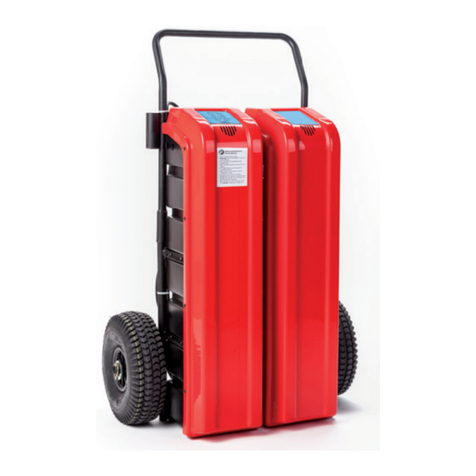
X-Tra Power
X-Tra Power XPA Series Translation of the original operating instructions
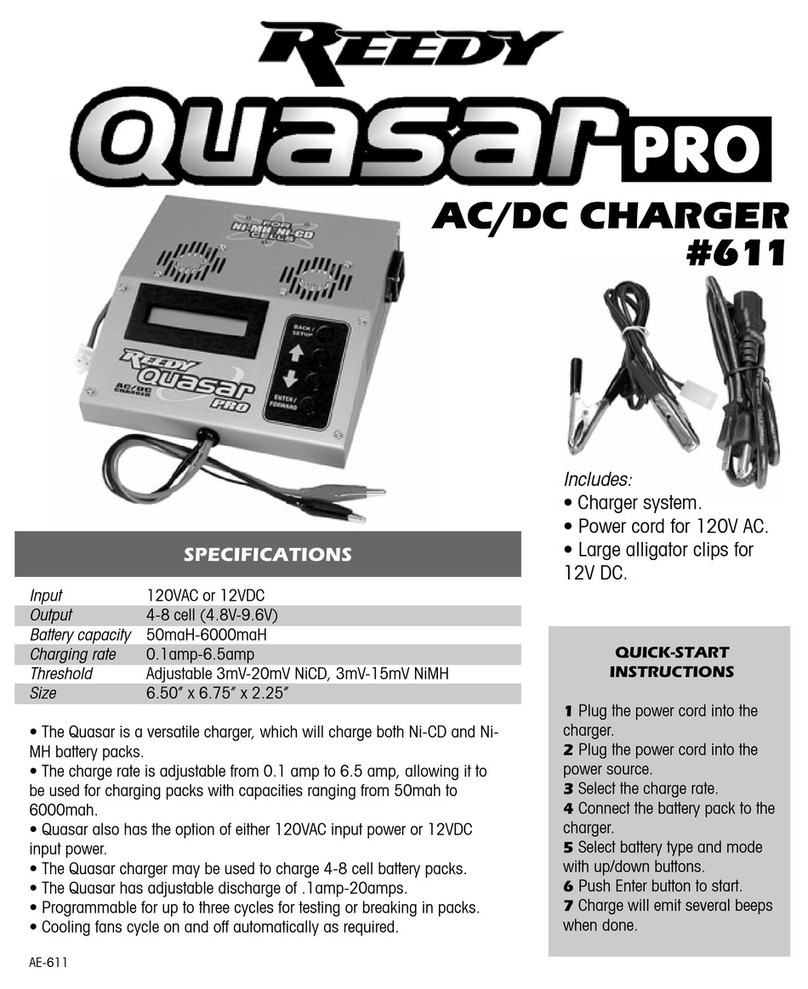
Reedy
Reedy Quasar Pro 611 Quick start instructions
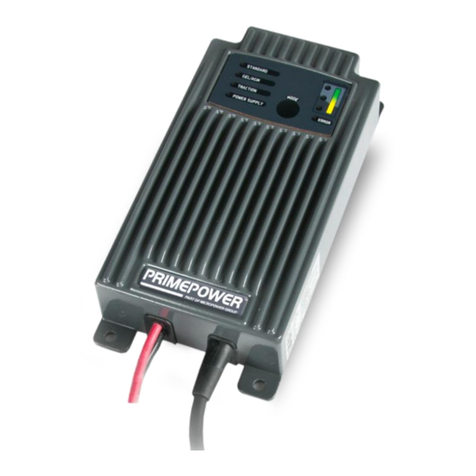
MICRO-POWER
MICRO-POWER PrimePower Champ Pro Series manual
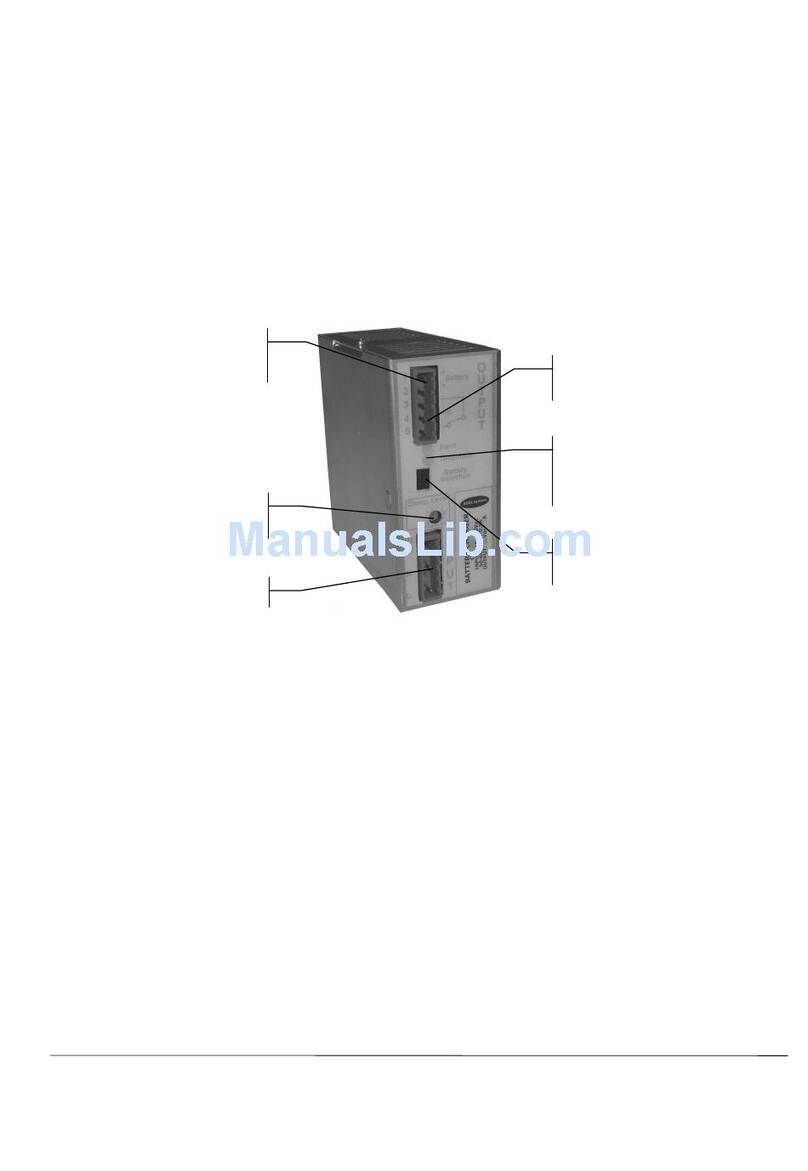
Adel System
Adel System CB243A manual
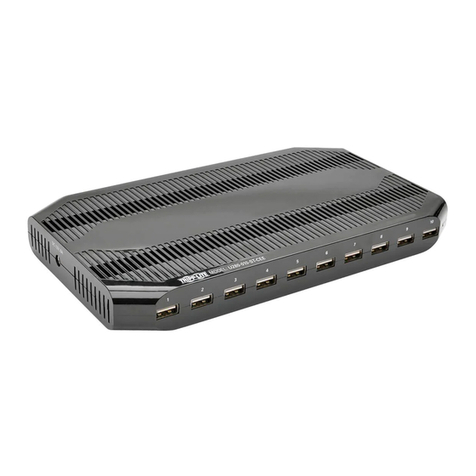
Tripp Lite
Tripp Lite U280-010-ST-CEE owner's manual
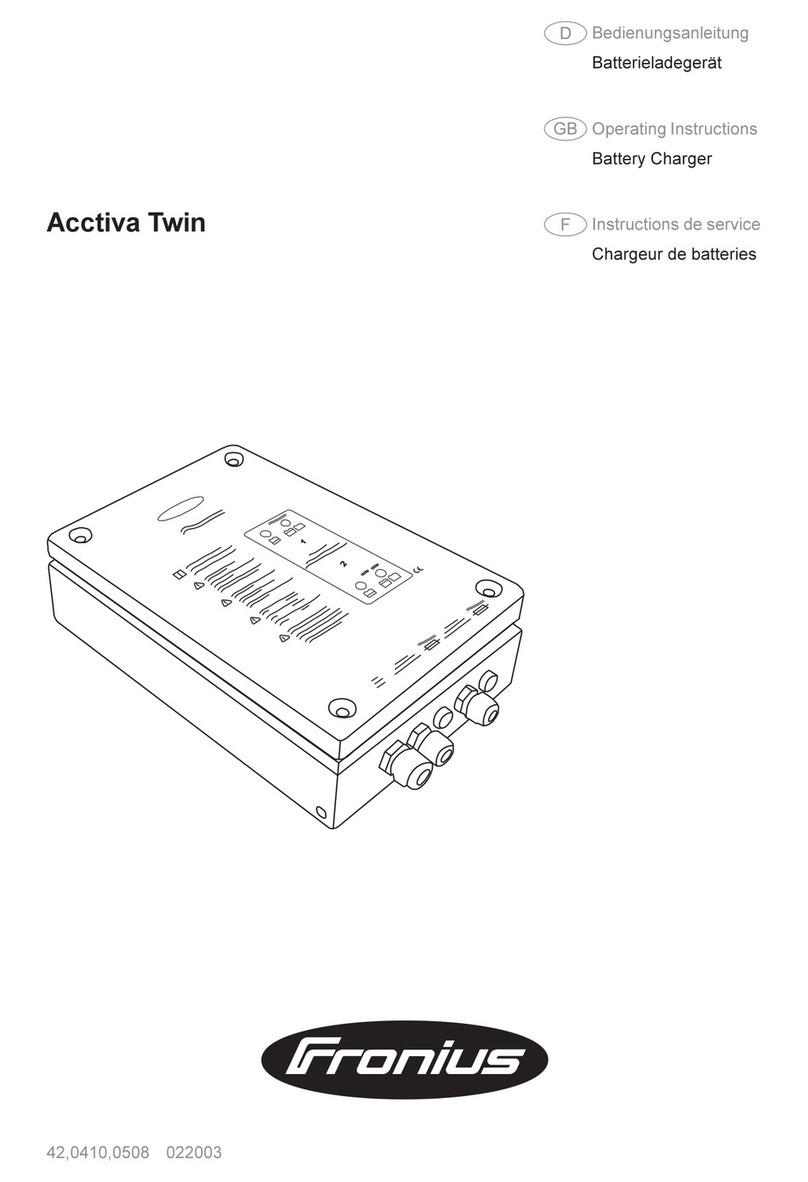
FRONIUS
FRONIUS Acctiva Twin operating instructions

